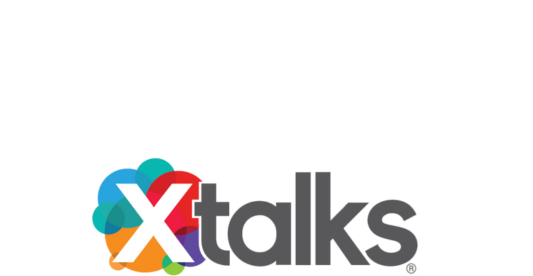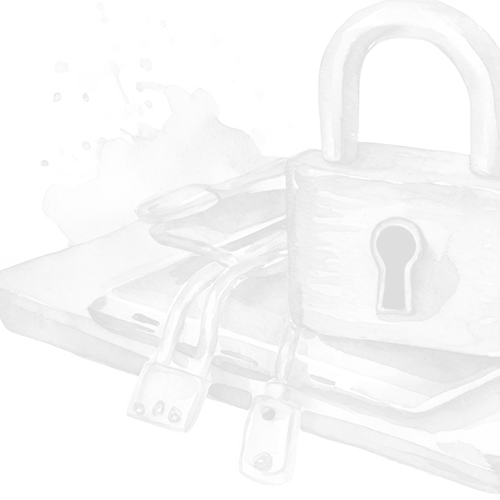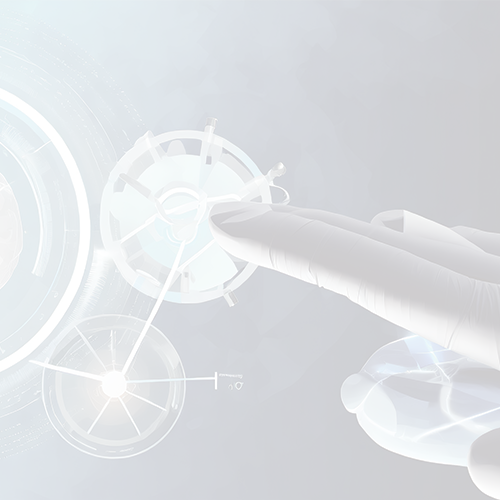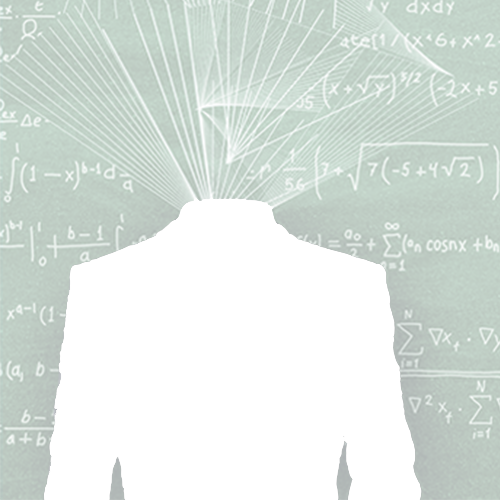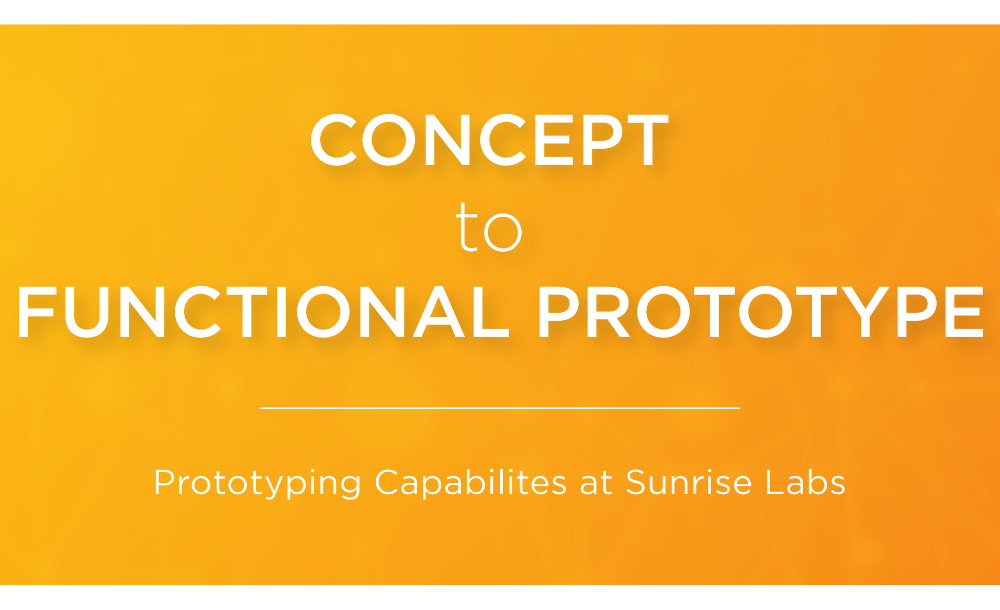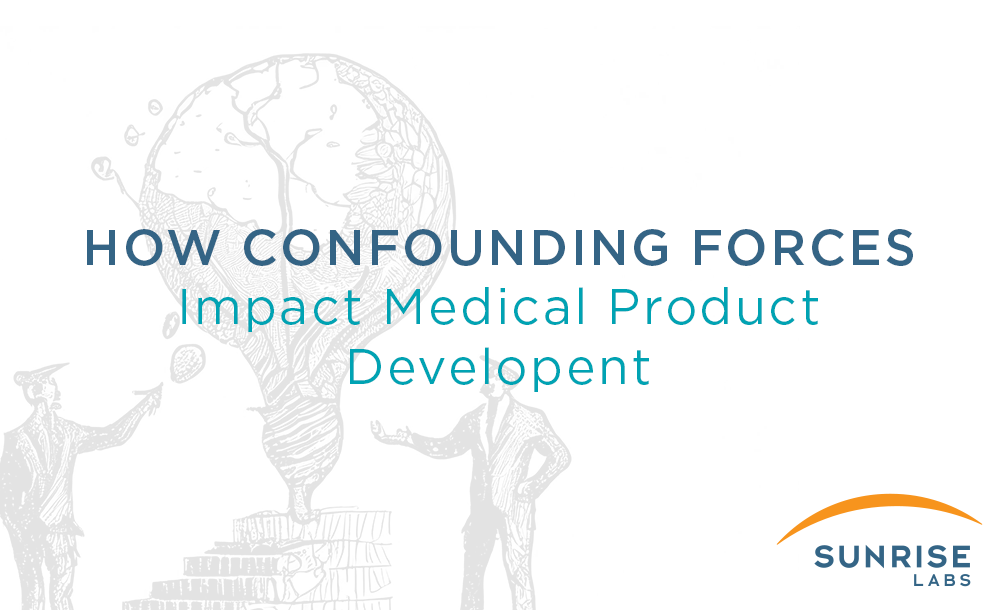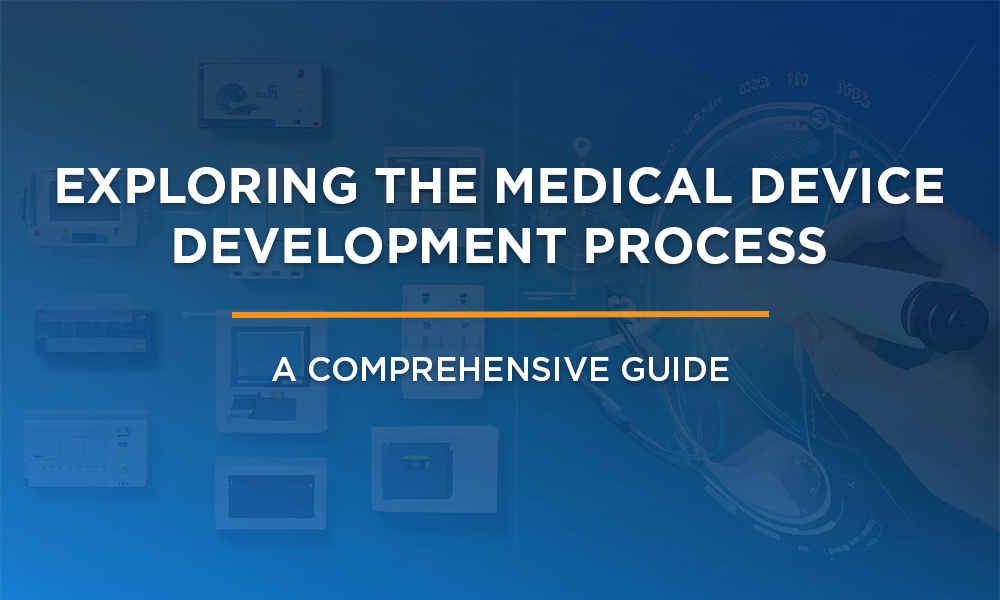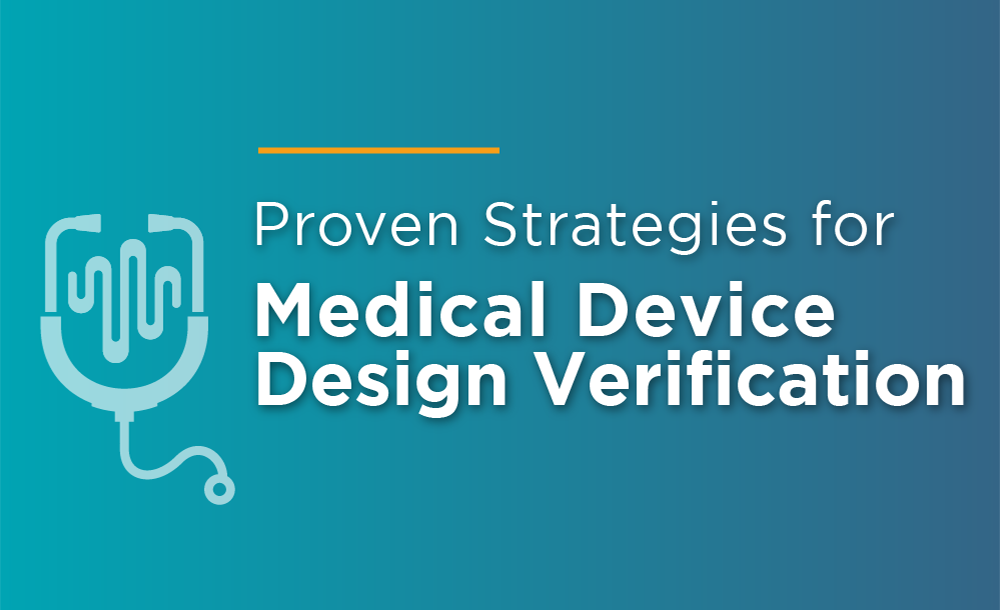Once the brainstorming in the early phase of a project concludes, the prototyping race begins to show the next cutting-edge medical device.
A variety of techniques can be used to quickly turn a brainstormed concept into a tangible 3D design. Through the capabilities at Sunrise Labs and a network of preferred vendors, the necessary parts are in the hands of engineers in a timely fashion; in some instances, overnight!
There are several benefits associated with prototyping early in the design process. Included in these benefits are experiencing the ergonomics of a device, ensuring the assembly process is accurate, and confirming the fit of the necessary components. The aforementioned purposes reduce technical and schedule risks. Before agreement on the fabrication of parts, quick-turn prototype parts are invaluable in converging on the finer details.
Sunrise Labs is constantly investing in and expanding its in-house prototyping capabilities, including 3D printing, machining, laser cutting, finishing/ bonding, and silicone molding. Internal to Sunrise, we have all the leading 3D printing systems, including both fused deposition modeling (FDM) and stereolithography (SLA); each with its’ own benefit:
- Stereolithography is a laser curing, resin 3D printer, capable of fine resolution and tight tolerancing. This is especially useful for the construction of molds to be used in small volumes including prototype silicone molding.
- Fused deposition modeling uses a filament and a heated extruder to dispense the filament at a prescribed location. The FDM printing method carries a coarse resolution in comparison to the SLA printers but reduces print time. This method is commonly used for shape models, bracketry, and adapter parts.
- HP Multi Jet Fusion (through an outside partnership) is a nylon printing method that synthesizes parts that possess hybrid characteristics of both the SLA and FDM methods. The resulting product from this process is a strong and durable output with moderate resolution. This is commonly selected to mimic injection molded enclosures or machined parts with long lead times.
Machining capabilities at Sunrise include a computer numerically controlled (CNC) milling center with a 4th axis attachment controlled directly from the CAD database and a lathe. For plastics, the laser cutting machine functions from any 2-dimensional file directly controlled by the part CAD file. Using the SLA printer at Sunrise, engineers quickly deliver molded silicone parts.
Through a network of ever-growing local vendors, Sunrise has expanded prototype capabilities even further. Sunrise has several local ISO-certified vendors that will deliver accurate parts, on time and to specification. Close proximity to Sunrise allows face-to-face communication between the machinist and the engineers. This decreases any ambiguity and leads to feedback on the parts for future improvements linked to design for manufacturability.
Here are examples of effective implementation of prototyping to enhance the design process:
- After the feasibility of a design was completed, a rigid shape model of the internal mechanisms of the device was printed. This was completed to aid in the Industrial Design of the enclosure and get an understanding of the scale of the mechanism.
- Prior to the procurement of the next phase of a project, all parts within the mechanism were individually 3D printed. This led to the opportunity to perform a “mock” build. The mechanism was able to mimic the machined version and confirmed the assembly process was completed in the correct sequence.
- Prior to the release of injection molded designs, the plastic enclosures were 3D printed (HP Multijet Fusion) using an outside vendor. Upon receiving the printed parts, the full devices were built, fully functional, and sent out to various conferences and trade shows throughout the country.
FAQ’s
1. What are the benefits of prototyping early in the design process?
- Experience the ergonomics of a device
- Ensure an accurate assembly process
- Confirm the fit of necessary components
- Reduce technical and schedule risks
2. What are the different 3D printing technologies used by Sunrise Labs?
- Stereolithography (SLA): high resolution and tight tolerancing, good for molds
- Fused deposition modeling (FDM): coarse resolution, fast printing, good for shape models and brackets
- HP Multi Jet Fusion (through external partnership): strong and durable parts with moderate resolution, good for enclosures and machined parts
3. What other prototyping capabilities does Sunrise Labs have?
- Machining (CNC milling and lathe)
- Laser cutting
- Silicone molding
4. How does Sunrise Labs work with external vendors for prototyping?
- They have a network of ISO-certified vendors for high-quality parts.
- Close proximity allows for face-to-face communication and feedback.
5. Can you give some examples of how prototyping has been used effectively at Sunrise Labs?
- To create a rigid shape model of a device’s internal mechanisms to aid in industrial design.
- To 3D print all parts of a mechanism to perform a mock build and confirm the assembly process.
- To 3D print plastic enclosures (using HP Multijet Fusion) to create fully functional prototypes for conferences and trade shows.
